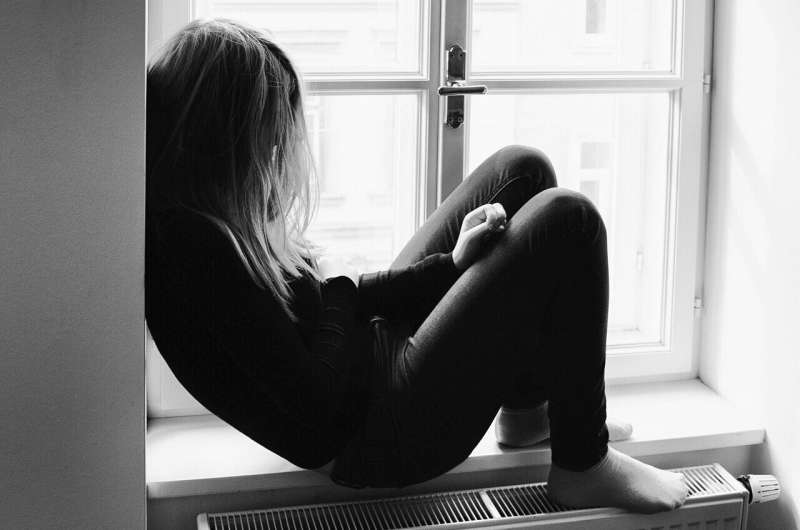Decrease in Nonmedical Use of ADHD Prescription Drugs Among Teenagers

Recent study shows a significant decline in nonmedical use of ADHD medications among teenagers over the past 20 years, while medical use remains stable. Learn about the trends and implications.
Recent research from the University of Michigan reveals that nonmedical consumption of prescription ADHD medications among adolescents has significantly declined over the past two decades, despite a rise in the medical use of these drugs. While the medical use of stimulants for ADHD in teens has increased slightly from 2005 to 2023, nonmedical use has decreased more sharply. Specifically, lifetime nonmedical use dropped from 10% in 2005 to 6% in 2023, whereas medical use remained steady at around 8%.
The study highlights that concerns over an increase in misuse may be overstated, as evidence suggests that while medical use has seen a modest rise, nonmedical use continues to decline. This trend is considered encouraging by experts, as it aligns with overall reductions in the misuse of other prescription drugs such as opioids and benzodiazepines.
Researchers analyzed data from 19 cohorts of students—grades 8, 10, and 12—collected through the Monitoring the Future Study, an annual survey tracking adolescent substance use. The findings indicate that the proportion of teens reporting lifetime nonmedical stimulant use has decreased from 10% in 2005 to 6% in 2023, while medical use remained largely unchanged.
Experts believe that public health campaigns, cautious prescribing practices, and drug shortages may have contributed to this downward trend. The results offer valuable insights for clinicians and policymakers, emphasizing the importance of balancing medical necessity with efforts to prevent misuse.
The comprehensive study underscores a positive shift in adolescent behavior towards prescription stimulants, providing reassurance that efforts to curb misuse are holding up amid increasing awareness and regulation.
Source: https://medicalxpress.com/news/2025-08-nonmedical-prescription-adhd-drugs-teens.html
Stay Updated with Mia's Feed
Get the latest health & wellness insights delivered straight to your inbox.
Related Articles
New Brain Imaging Study Links Dopamine Levels to Chronic Depression in Young Women
Recent brain imaging research links reduced dopamine activity to chronic depression in young women, paving the way for improved diagnosis and treatment options.
Research Shows Most Cancer Patients Encounter Misinformation and Testing Strategies to Guide Them Toward Accurate Information
A UF study finds that 93% of recent cancer patients are exposed to misinformation, emphasizing the need for healthcare professionals to guide patients toward evidence-based information and improve treatment outcomes.
Most New Fathers Take Short or No Parental Leave After Childbirth
A recent study reveals that 64% of new fathers in the U.S. take less than two weeks of parental leave, highlighting the need for policy changes to support family involvement and well-being.
Oncologists Advocate for Age-Inclusive Licensing of Cancer Treatments
Experts call for universal approval of tissue-agnostic cancer drugs across all ages to improve treatment access for children and adults alike.



